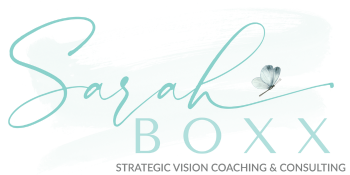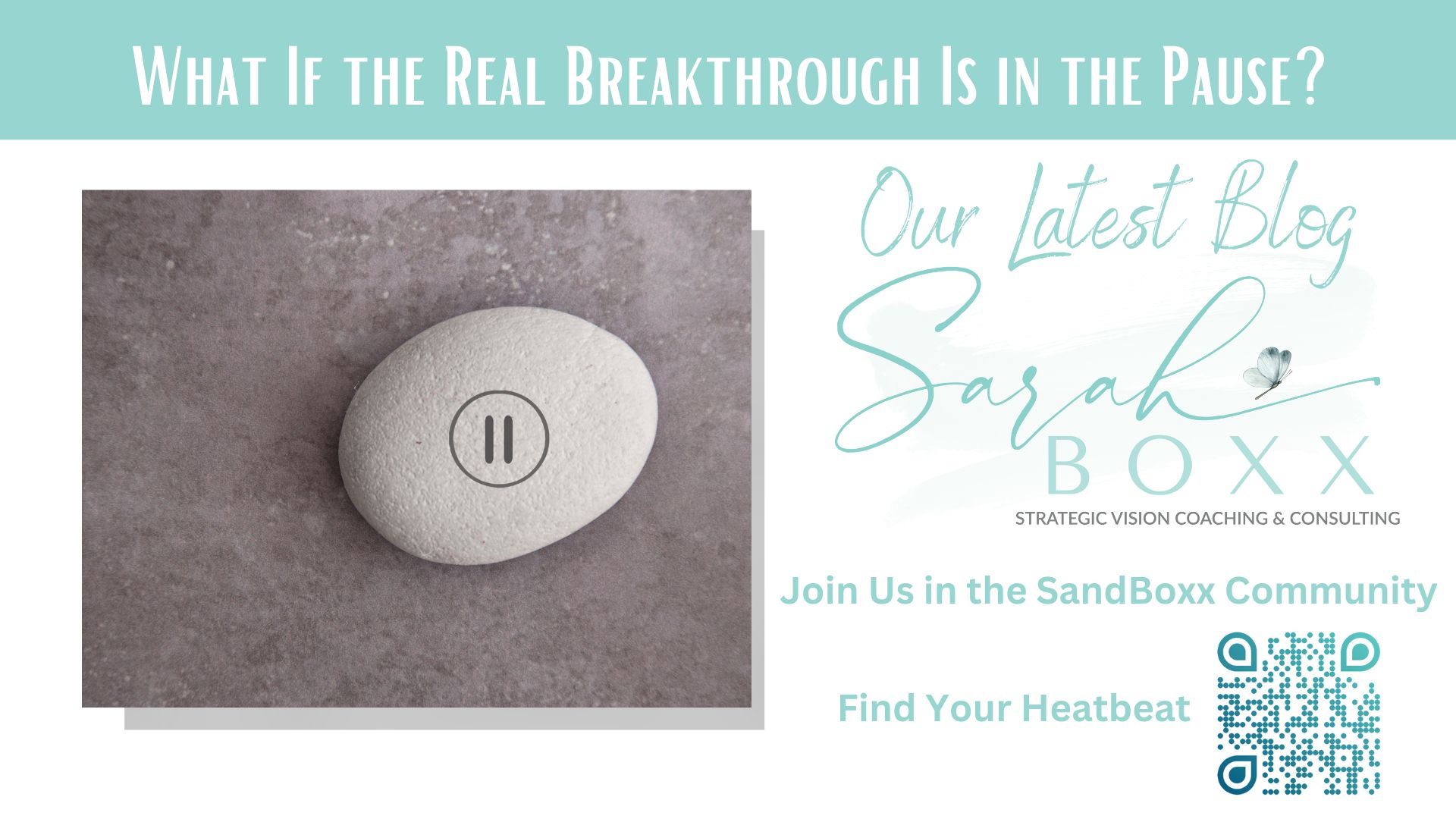Let me ask you something…How often do you consciously think about your breathing?
My guess is, probably not often.
It’s funny, isn’t it?
There truly aren’t many things that are as integral to life as breathing. Breathing fills our every second of every day and night, and yet, most of us don’t spend a single second of that time really thinking about it.
Spiritual counselor and forgiveness expert Ana Holub, suggests that we all could benefit from a little more intentionality and focus on our breathing.
I recently had the pleasure to chat with Ana about the role that breathwork plays, both in her professional work guiding individuals through forgiveness sessions and addiction recovery, and in her own personal journey.
Essentially, proper breathing technique and practice is a tool in the toolbelt, but not one that is reserved just for those in need of Ana’s expert sessions. In fact, it’s a tool we all would do well to utilize more fully in our own lives.
Think of it this way…
We all breathe. All the time in fact. Just since you’ve started reading this article, you’ve probably taken more breaths than you even realize. Since breathing is such a constant and integral part of our lives, we might as well learn to do it well.
According to Ana, the quality of our breathing can tell us a lot about our current mental or emotional health. For example, in moments of fear or anxiety, you may notice that your breathing quickens or becomes more shallow. Additionally, when someone experiences a panic attack, one of the flagship symptoms is difficulty breathing.
There’s a reason for this.
Our breath is intimately connected to our mental and emotional wellbeing.
It goes without saying, our goal should always be to “breathe well.” But what does “breathing well” actually look like?
It starts with awareness of your breathing. Now, I’m certainly not suggesting that you stop and count each and every breath you take, but a general awareness of the continuity of your breathing and its impact on your overall health is important. You cannot measure or improve the quality of your breathing without first acknowledging the reality that your breath impacts each moment of your life.
Learning to breathe well is a skill.
Like any skill, it takes focused and intentional practice. Taking time in your schedule to practice the skill of “breathwork” will help you develop second-nature habits that can be beneficial as you navigate throughout your daily life.
In her work with clients, Ana offers three primary breathing techniques that can be helpful tools to utilize throughout your day:
- Relaxing Breath
As the name suggests, this breathing technique is aimed at helping us relax our minds, bodies, and turbulent emotions. For this reason, the relaxing breath technique comes in handy in moments of stress, anger, overwhelm, or anxiety.
According to Ana, this particular breathing technique is the most important for us to learn. Here’s how it works:
Focus on your exhale. We use this technique to “breathe out” or release the tension that is building within our minds and bodies. Each exhale should be about twice as long as each inhale. It may look something like this:
Inhale: Count 1, 2, 3
Exhale: Count 1, 2, 3, 4, 5, 6
- Invigorating Breath
This breathing technique comes into play during those moments when you need a boost of energy to get you going. Whether you’re experiencing exhaustion, lethargy, depression, boredom, etc. the invigorating breath practice can help to rejuvenate your mind and pull you out of that space.
For this practice, the focus is on the inhale. Think of it as “breathing in” life and energy. Breathe in as much of that good stuff as you can!
While practicing the invigorating breath, each inhale should be about twice as long as each exhale. Here’s an example:
Inhale: Count 1, 2, 3, 4, 5, 6
Exhale: Count 1, 2, 3
- Balancing Breath
I’m sure you can probably guess what this technique is all about. The balancing breath practice can be used in moments when you want to maintain a balanced state of being while doing an activity.
Truly – you can implement this breathwork while doing just about anything. Going for a walk, listening to a friend, doing the dishes…you name it! The balancing breath can help you tackle those tasks in a steady and balanced way.
For this breathing technique, each inhale should be equal to each exhale. It looks a little something like this:Inhale: Count 1, 2, 3
Exhale: Count 1, 2, 3
Integrating a few minutes for focused breathwork throughout your day is a great way to slow down and give yourself a little bit of rest. It doesn’t require much time, but it truly can have a profound effect on your ability to remain aligned throughout your day.
Give one of Ana’s three breathing techniques a try! If you’re new to breathwork, I recommend starting with the relaxing technique.
Interested in learning more techniques that can bring rest to your day? The rest of this month we will be unpacking the importance of rest and the helpful habits that restore. Click HERE to join our community to stay informed about upcoming content you won’t want to miss.
Article was contributed by: Maria Lees, Team Writer with Sarah Boxx




